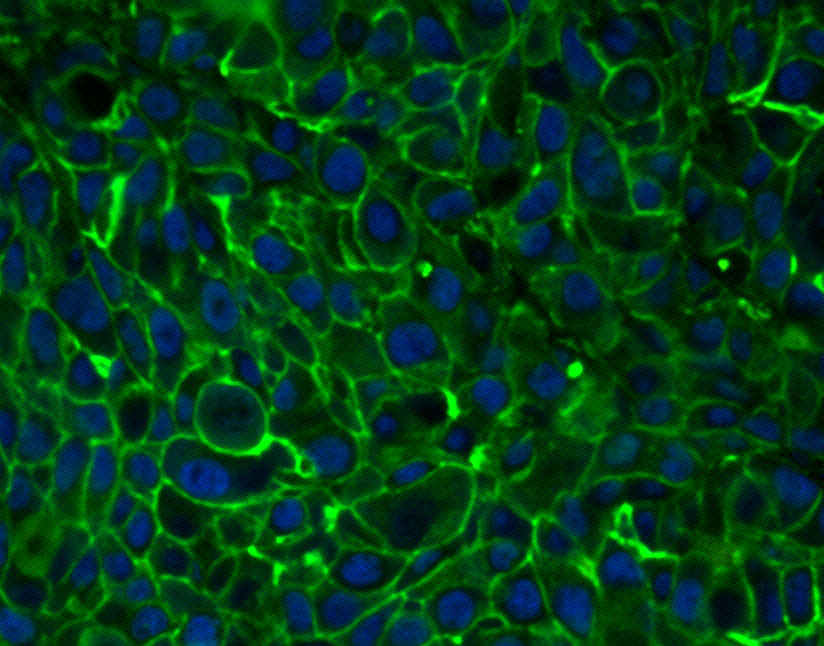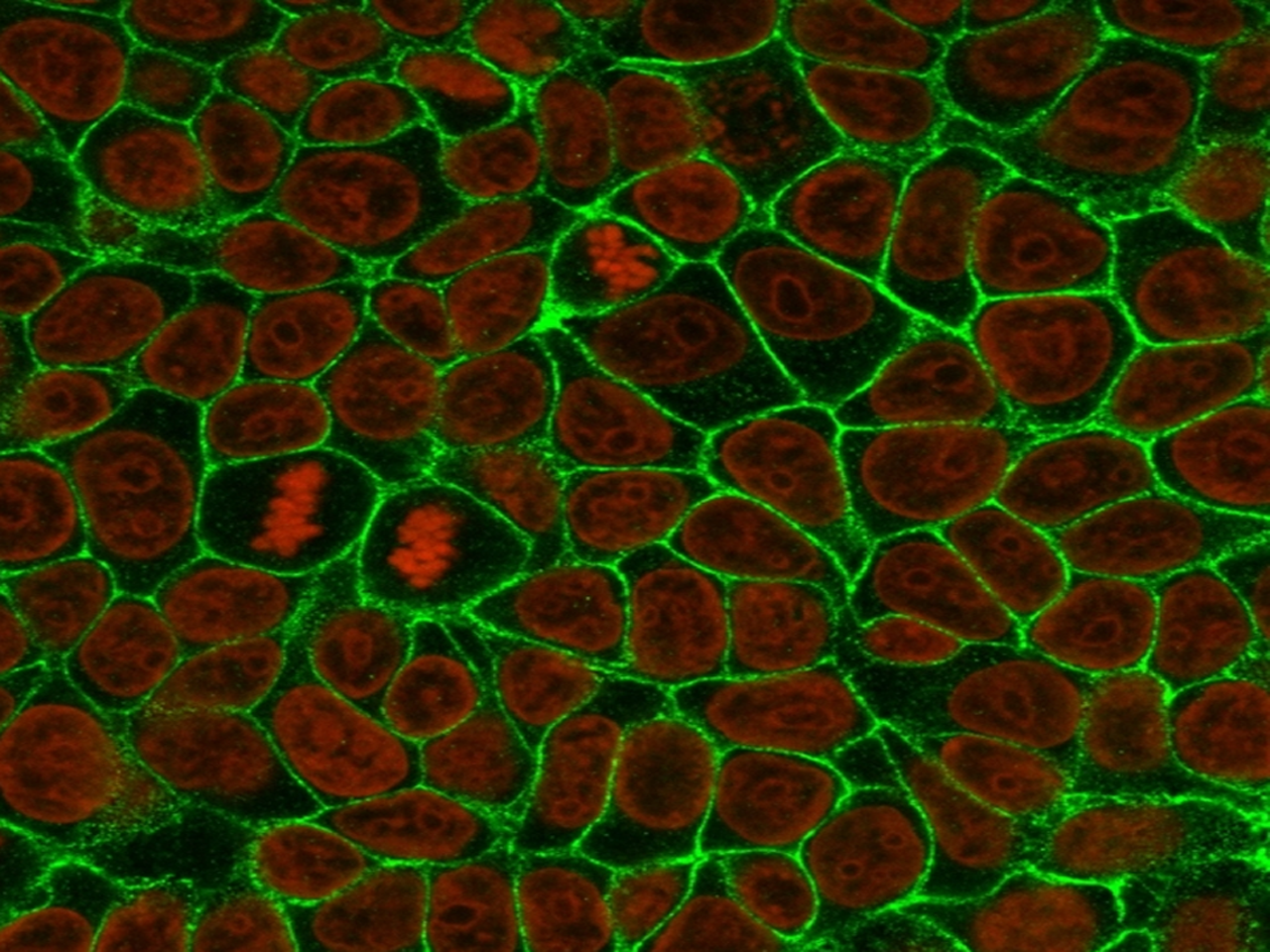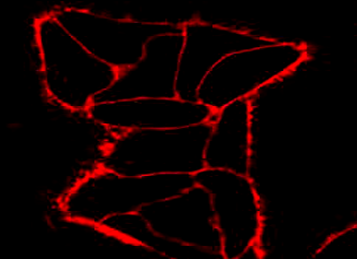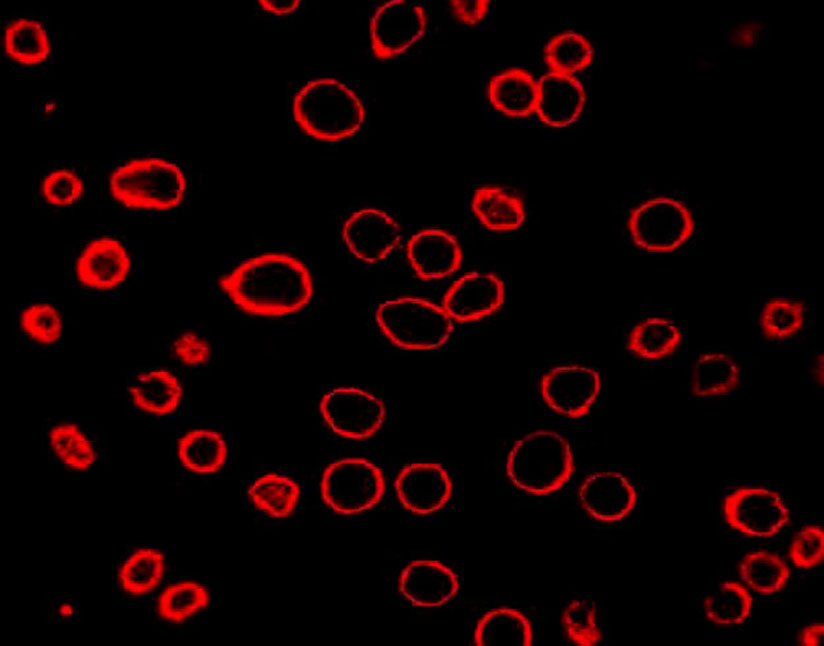Basic Information
Product Name | CM-DiI Membrane Probe (Orange-Red) |
Size | 20 μg, 1 mg |
Storage | -20 ℃, protected from light |
Shipping | Shipped with ice pack |
Validity | 12 months |
Molecular Structure

CM-DiI Membrane Probe excitation/emission wavelength: 549/565nm
Product Introduction
CM-DiI Membrane Probe is a derivative of DiI and has better solubility in water than DiI. It can freely cross the cell membrane to enter cells and then be converted into a reaction product that is impermeable to the cell membrane. The CM-DiI dye can be retained in living cells through several generations of culture. The CM-DiI dye can stably emit fluorescence for at least 72 hours and has ideal tracking properties. It also has the advantages of being stable in nature, non-toxic at working concentrations, and having good cell retention. It can have bright fluorescence under physiological pH conditions. In addition, the excitation and emission spectra of CM-DiI are well separated from the GFP (green fluorescent protein) spectra, allowing for multiplexing in multiple colors.
CM-DiI contains a mild thiol-reactive chloromethyl substituent, which covalently binds to peptides and proteins containing thiol groups. This allows it to cross-link with fixatives containing aldehyde groups. After fixation, the staining signal is not lost. Compared with non-covalent dyes such as DiI, it is more suitable for staining fixed cells.
Reagent preparation
Staining solution preparation
Prepare DMSO or DMF stock solution: Prepare the stock solution in DMSO or DMF to a concentration of 1 mM.
Note: Store unused stock solution in aliquots at -20°C to avoid repeated freezing and thawing.
(2) Preparation of working solution: Dilute the stock solution with a suitable buffer (e.g. serum-free culture medium, HBSS or PBS) to prepare a working solution with a concentration of 1-5 μM.
Note: The final concentration of the working solution is recommended to be optimized according to different cell lines and experimental systems. It is recommended to start exploring the optimal concentration within 10 times the recommended concentration.
Note: This reagent is for scientific research use only!




